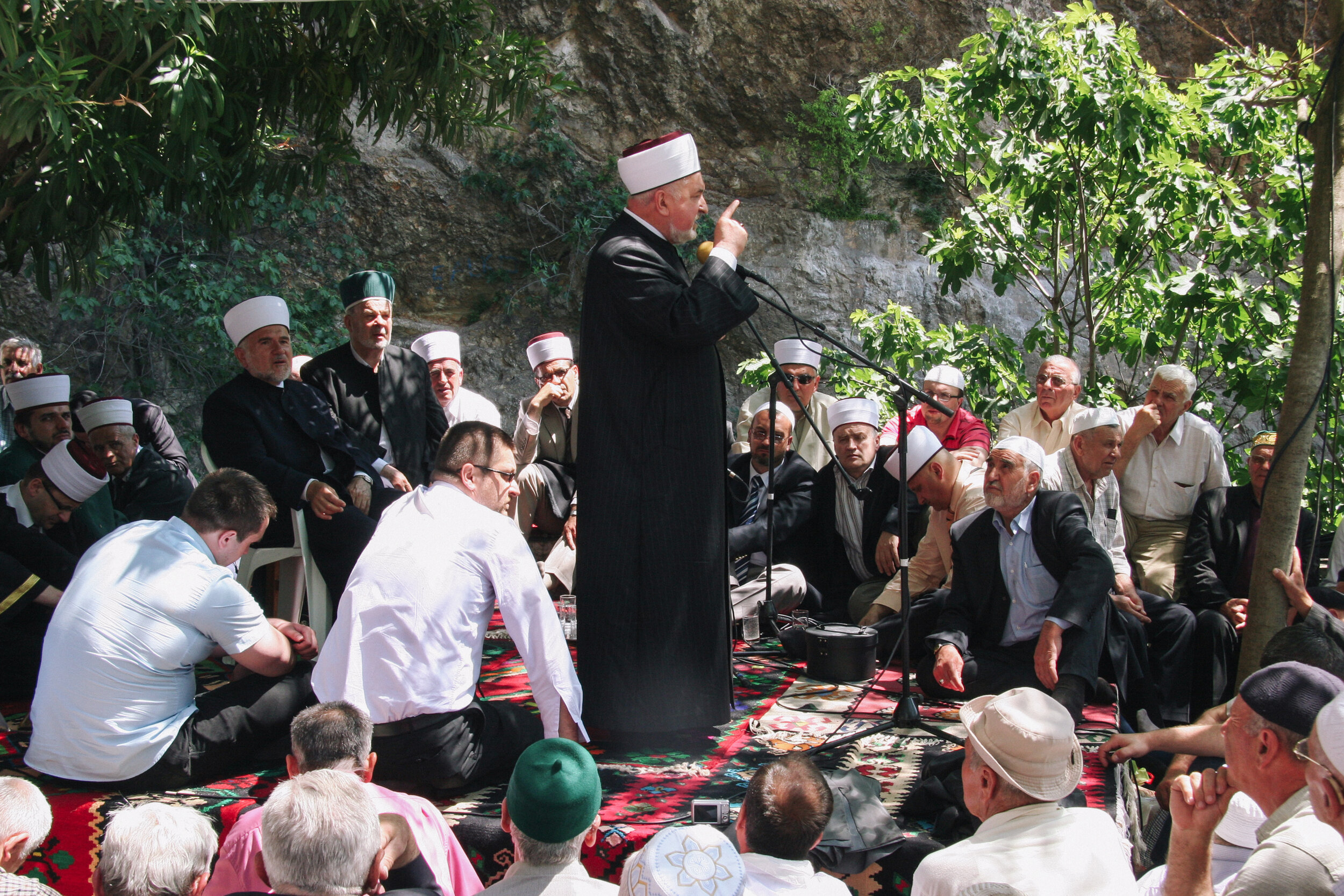Sari Saltuk in southeastern and central Europe
Sufi Saints
Ethnographic fieldwork in Bosnia and Herzegovina, Macedonia, Kosovo, Albania, and the Dobruja, Romania. March–May 2011, June 2012–September 2015, August 2019 | Conducted within the framework of the research project ‘The Visual and Material Culture of Sufism in Central and Southeastern Europe’ | Outcome: 9 conference papers, 1 peer-reviewed journal article, 4 peer-reviewed book chapters
To this day, Sari Saltuk remains probably the most celebrated holy man in the Balkans. This may be due to the fact that the figure of this charismatic saint embodies some of the features that characterize the complex multi-layered society forged in the course of Ottoman territorial expansion in these regions: its cultural diversity, interfaith relations and the gradual process of cultural, religious and societal transformation that took place under the umbrella of Islam. This is especially evident in his proselytizing spirit, his translocation, disguises, metamorphoses, power of self-multiplication and innumerable miracles, which include the supposed ability to ‘wear’ and adopt the identities of others. For the purpose of religio-cultural osmosis, specific elements were added to create a type of ‘Saltukism.’ This expression was coined by Thierry Zarcone to indicate the adaptation, acculturation, and assimilation with Sari Saltuk of characteristics of certain Christian saints (notably Saint Nicholas, Saint George, Saint Simeon, Saint Naum and Saint Spyridon), leading, in turn, to a transformation and appropriation. This process often reflected a blurring of formal religious boundaries and the fluidity of the practice of Islam. At the same time, it provided a locus for intense inter‐faith polemics. Borrowing, blending and influencing also took place at the level of Christian and Muslim commemorative rites, which served as prime conduits to connect the two communities. In addition, Sari Saltuk’s miraculous ability to have multiple embodiments allowed the saint to be associated not only with different tekkes (Sufi gathering places), türbes (tombs) and maqams (stations, places connected with the presence of the saint), but also with churches and monasteries throughout the Balkan regions and beyond. Characterized by a negotiation of the frontiers between religions traditions, in the figure of this saint we are presented with an illuminating insight into the multifaceted ‘religious landscape’ of the Balkans.

































